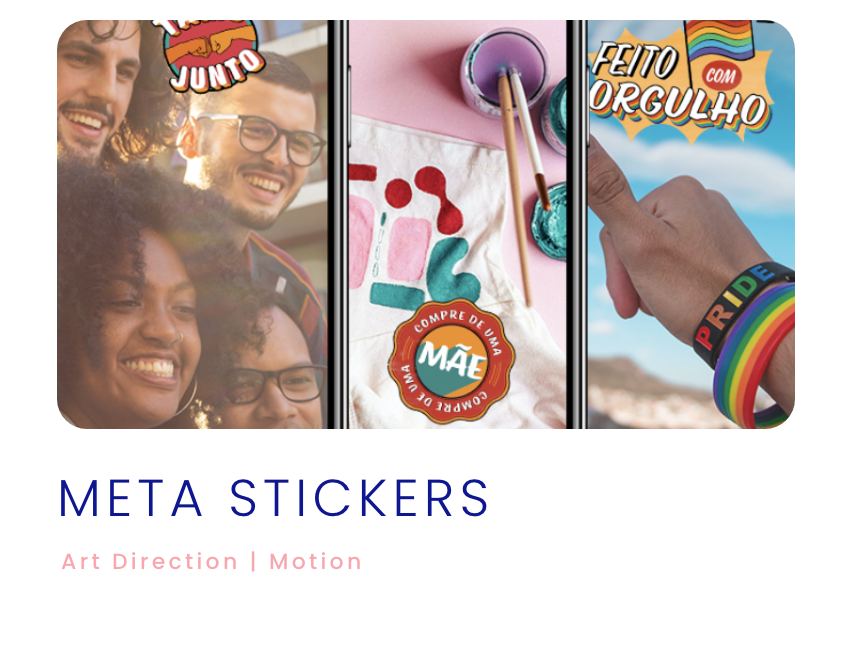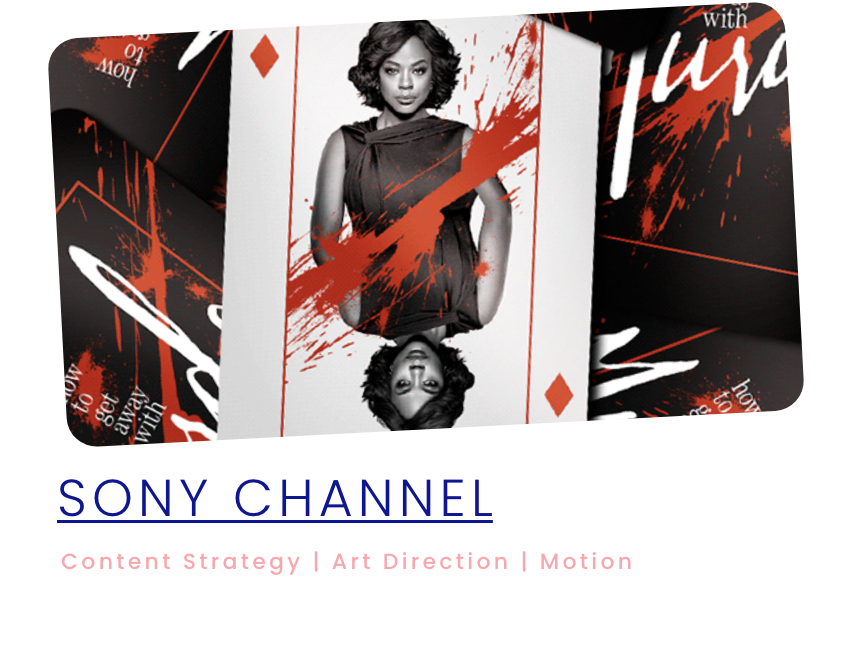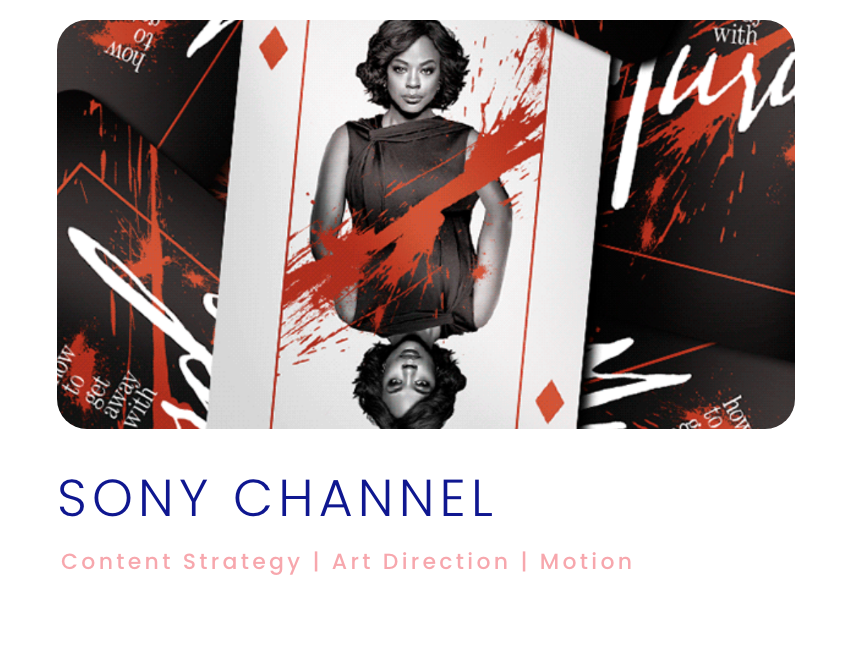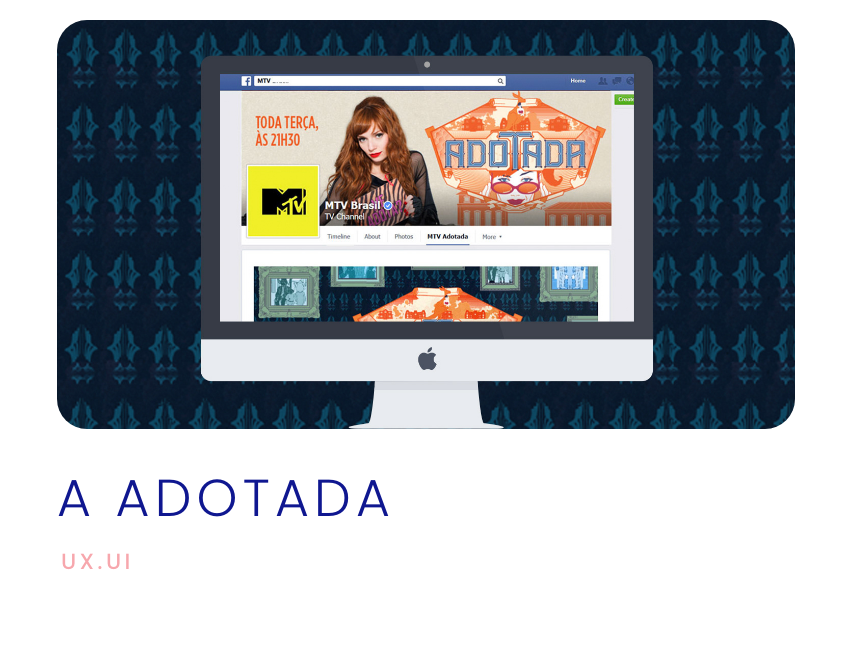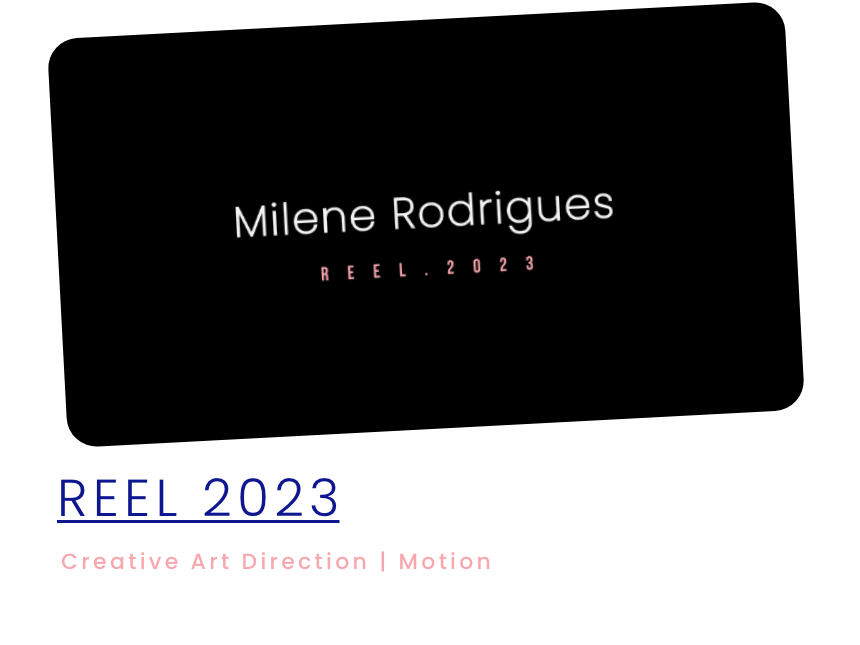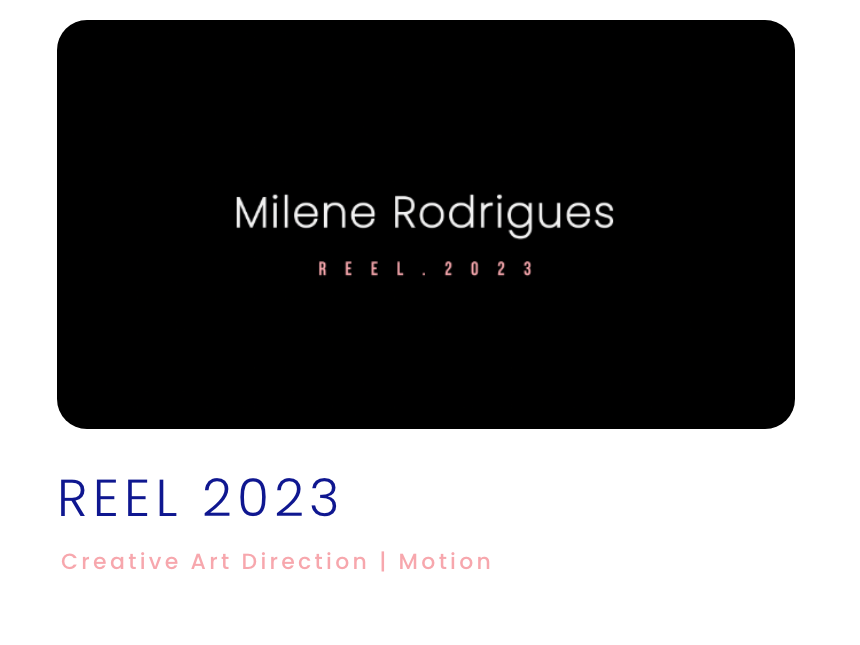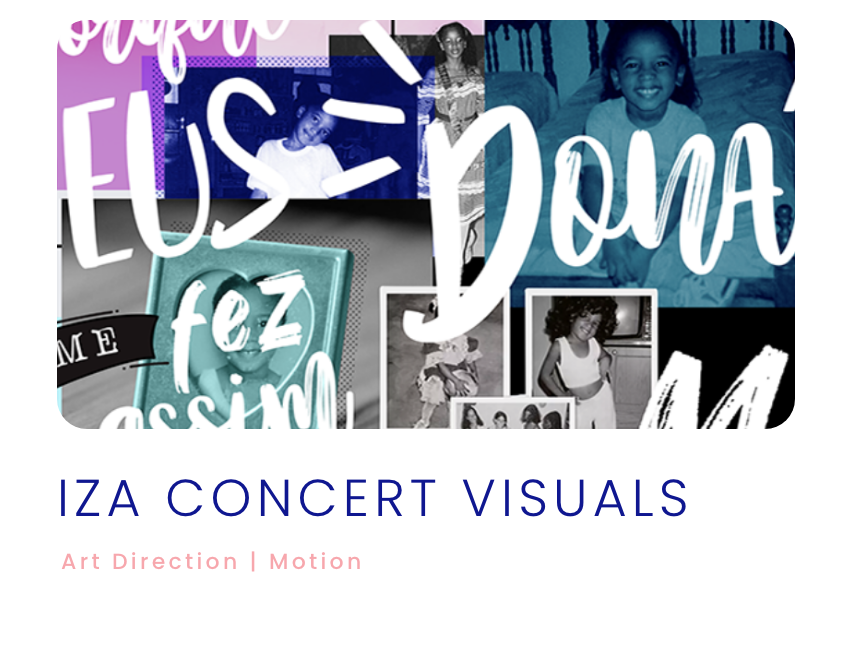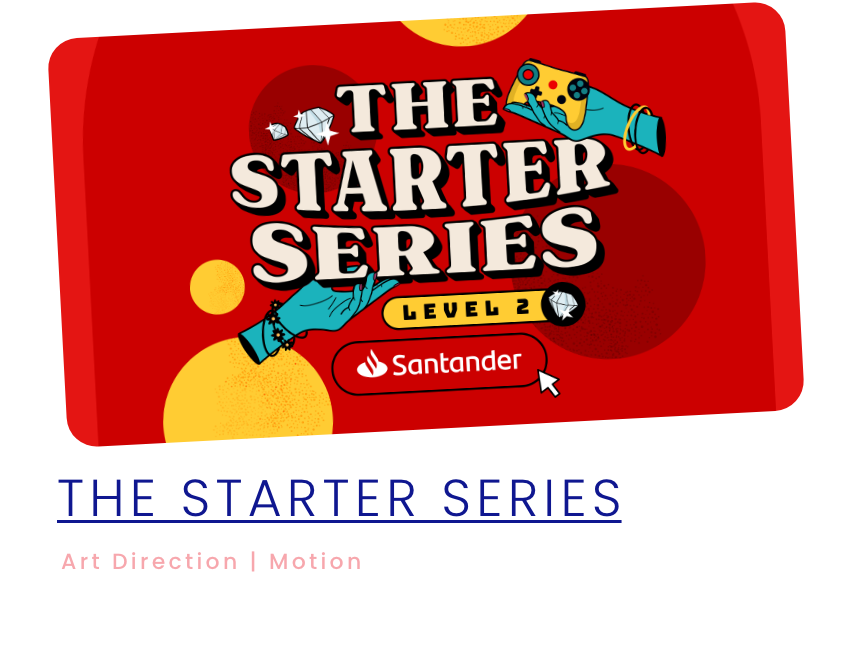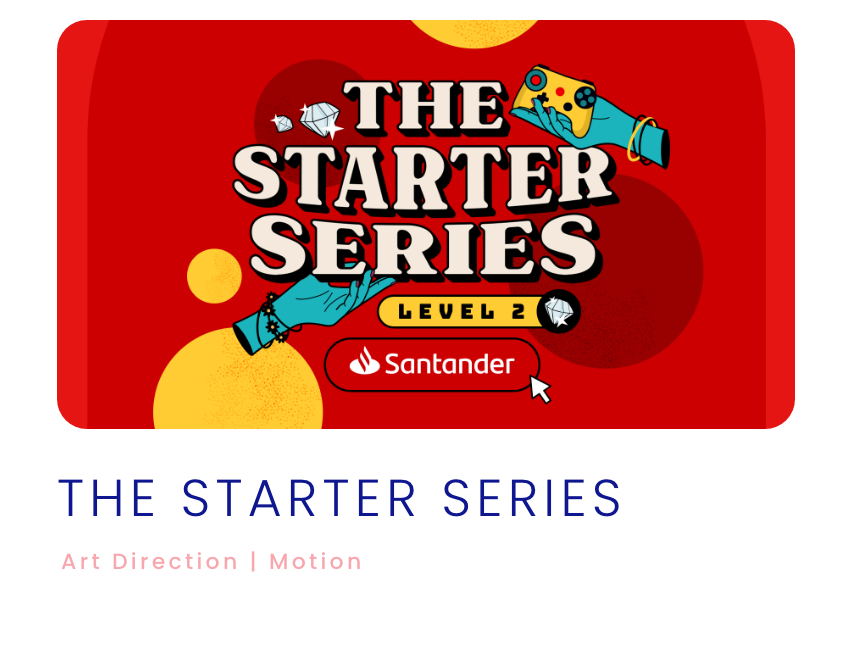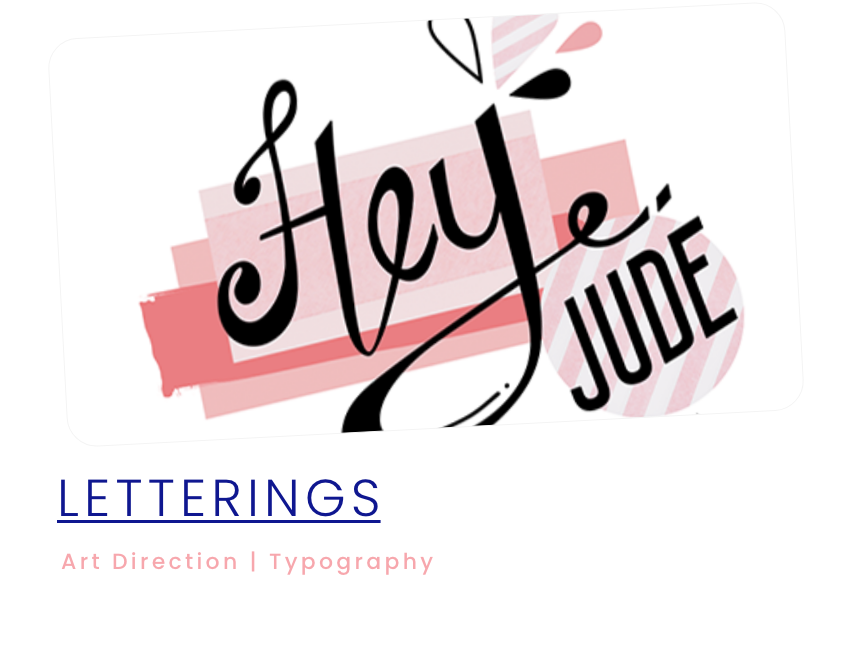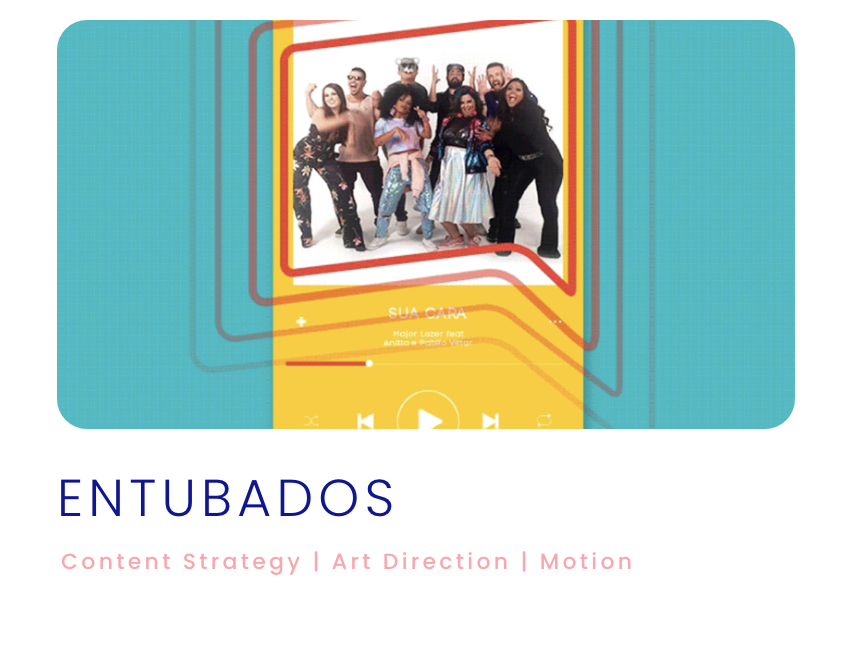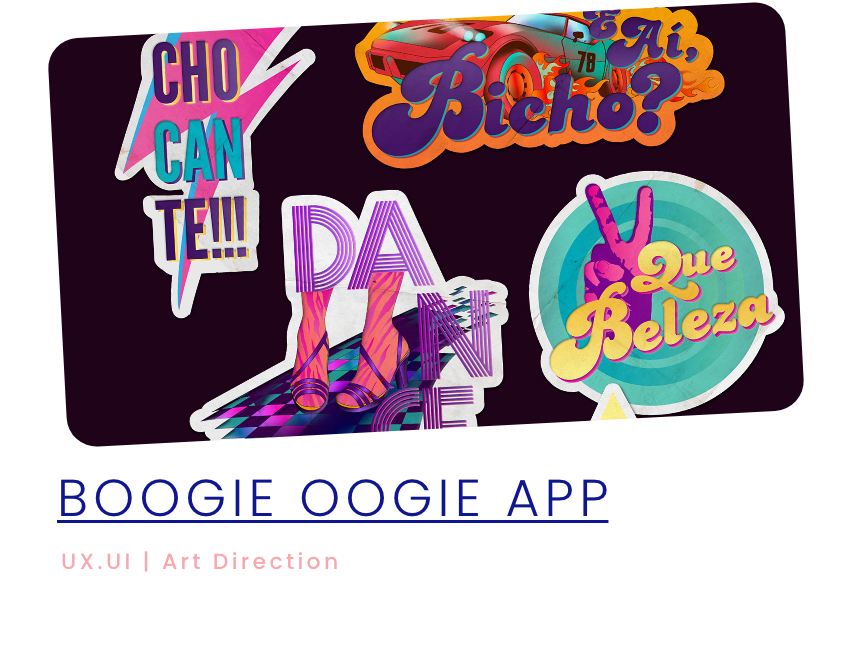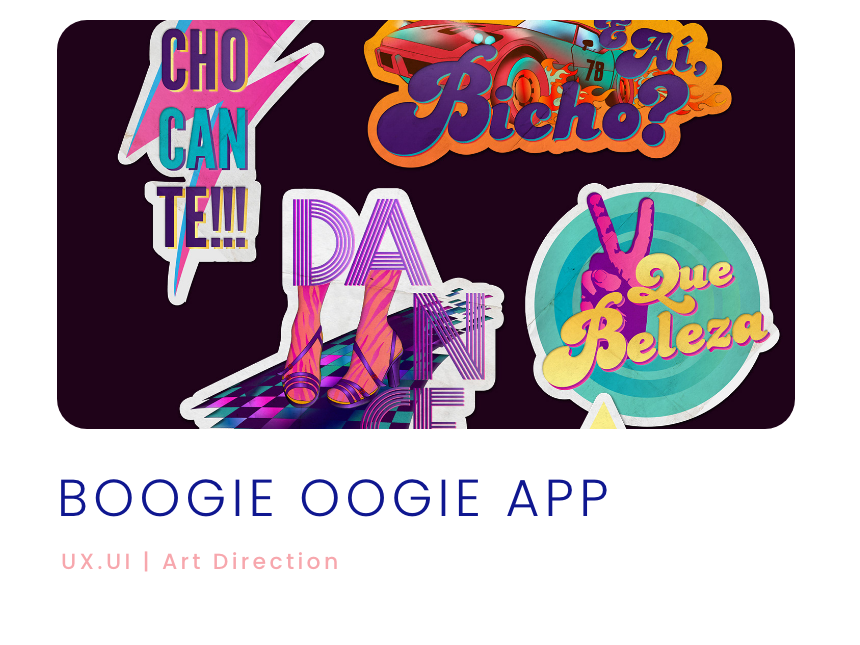MOMO
DONE FOR:
EBAC
EBAC
MY ROLE:
UX.UI, Product Design, Branding, Art Direction, Motion
UX.UI, Product Design, Branding, Art Direction, Motion
Knowledge is a powerful tool and this applies to Sex Education as well. Educating and discussing topics related to sexual health and sexuality empowers individuals to develop their self-esteem and self-awareness, helping them understand their own bodies, needs, and most importantly, the concept of CONSENT. With this knowledge, they can prevent and protect themselves from sexual abuse.
For many years, Sex Education has been a topic that has not been widely discussed. This could be attributed to hyper-sexualization and conservative attitudes held by both parents and educators. In Brazil, where our research was conducted, government support and public policies related to sex education are virtually nonexistent, and misinformation surrounding the subject is prevalent. Given these challenges, our main objective is to effectively engage young people in a safe and non-intrusive manner that respects boundaries and delivers Sex Education in a transparent and approachable manner.
For this project, we used the Design Council’s Double Diamond model. This model provides a visual framework for the design process, dividing it into four distinct phases - Discover, Define, Develop, and Deliver.which is a visual map of the design process, that divides the project into four distinct phases — Discover, Define, Develop, and Deliver.
To gain a deeper understanding of the needs and behaviors of our users, we conducted a series of activities such as desk research, surveys, and user interviews. Our research process focused on answering four main questions:
DESK RESEARCH
To begin, we chose to seek answers through desk research. By examining the research conducted by OGlobo newspaper in partnership with Buyer Laboratories, which involved interviewing approximately 1500 women aged between 16 and 25 years, we were able to identify some interesting data, such as:

We are currently living in an era of information and connectivity, which, driven by the popularization of the internet, has ended up changing social and consumer relations, and has generated great transformations in the Z and alpha generations. Early access to so much information has resulted in what marketers call “age compression”, which means children are maturing faster and faster and childhood has been ending earlier. Modern childhood ends at age 12, according to a study by the WGSN, bringing an early puberty.
Access to sexual content has never been easier, which makes the way children and teenagers develop their sexuality quite worrying. As the subject is a big taboo in most families and also in schools, adult content has become the sexual education for most of them. The problem with this fact is that these type of content show sex in an extremely sexist, heteronormative, and unhealthy way, since most pornographic content does not show sex partners using condoms or asking for consent.
SURVEY
INTERVIEWS
For the interviews, all minors received authorization from parents/guardians to participate in the project. The interviewees felt comfortable talking to us, however, they made it clear that this fluidity does not always occur in their own environments, such as school, home or even with their friends.
As we previously assumed, religion does not seem to be a deciding factor when it comes
to sex education. Some of them reported they can openly talk to their parents, but the vast majority still feels uncomfortable to talk about sex.
to sex education. Some of them reported they can openly talk to their parents, but the vast majority still feels uncomfortable to talk about sex.
From our research, we noticed two direct competitors: Dr. Camisinha and Dkt Jovem. We observed that some points were similar, such as the Value Proposition and the Communication Channels. However, there are some characteristics that differentiate them from each other. Dkt Jovem has a well-structured website but does not have support features for its users, such as calendars, menstruation monitoring, or help with the next day pill, while Dr. Camisinha has such characteristics, but the platform remains in a very simple and poor structure. Additionally, we noticed that both platforms lack a gamification plan.
We also identified digital influencers as our indirect competitors. Although they do not have a platform, they have a considerable number of followers who engage with the content they are posting.
After collecting data and information during our interviews, we came up with 3 personas that represented the gradient behavior of our users. Here are an overview of the three, and a closer look at Isabela.
JORNEY
MOODBOARD
LOGO
The logo idea is mainly formed by two elements that complement each other. One of our concerns was to make it genderless, diverse, and flexible enough to allow us to play with it by changing colors or adding elements.
TYPOGRAPHY
TYPOGRAPHY
The gamification system is based on earning coins or experience when the user interacts on the platform. When a user likes, comments, and/or adds new questions on Momo, they will receive an amount of "Momoney" credited directly to their profile.
PARTICIPATION | Invite people such as parents, health professionals and teachers to participate and give a diverse point of view on the subject.
GAMIFICATION | Increase the gamification inside Momo, allowing a richer experience when learning about sex education.
SECURITY | Step up security verification and validation of the profiles inside the platform, keeping the user safe and comfortable to talk freely.
SECURITY | Step up security verification and validation of the profiles inside the platform, keeping the user safe and comfortable to talk freely.






